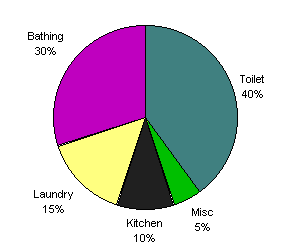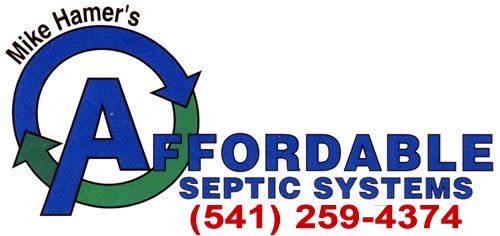Welcome to the Frequently Asked Questions (FAQ page). Below, we have tried to answer the most common questions visitors to our Web Site may have.
WHAT IS A SAND FILTER SYSTEM?
The typical Sand Filter is a lined box filled with a specific type of sand material. A series of PVC pipes, called laterals, are placed on top of the sand. The pipes have holes in them at regular distances that allow the pumped wastewater to “squirt” out of them in controlled doses that ensure a uniform distribution over the top of the sand filter. This effluent then sifts and trickles its way down through the sand. In the sand are naturally occurring microorganisms that digest and decontaminate the wastewater in what is called an aerobic action. Once this effluent has filtered to the bottom it is collected in an under drain where it is moved on to another process. There are a variety of processes that can be applied, depending on the particular type of system specified for your site. Some of these include; Bottomless Sand Filters, where the treated effluent continues to flow down through he soil. Gravity drain, where gravity naturally pulls the effluent out of the filter and is piped out to a drainfield. Recirculating filter, where the effluent is collected at the bottom of the filter box and is pumped back to a tank where it is remixed with wastewater and squirted over the filter again and again before finally being pumped out to a drainfield.
WHAT DOES HOUSEHOLD SEWAGE CONSIST OF?
Household sewage is a combination of wastewater from several sources, including sinks, showers, washing machines, garbage grinders, and dishwashers. The largest source of sewage is the toilet.
WHY DO DRAIN FIELDS FAIL?
If the sewage effluent cannot be absorbed into the soil near the drain field, it will backup and overflow onto the surface of the ground. There are four major causes:
High Water Table – during rainy periods the groundwater table rises. If the table rises into the drain field, sewage may be forced up to the surface of the ground. This is usually the result of an improperly located drain field.
Soil Clogging – If sludge or scum from the septic tank overflows into the drain field, the soil and drain field pipes become clogged. (this is not the case with systems that use Sand Filters) When clogging occurs this usually means that the drain field must be replaced. However, this may not always be the case and some corrective actions may be applied.
Mineral Deposits – If the soil in the drain field area is continuously wet or flooded due to high water tables or excessive sewage flow, mineral deposits will form and clog the soil. Again, there may be some corrective actions applied.
Roots – the roots of certain trees and shrubs planted over a drain filed can enter and block pipes. Removal of these plants is required and corrective action taken. Plants to avoid are are dogwood trees, poplar, willow and cottonwood. It is highly recommended that grass turf be planted over the drain field as this is a shallow root plant and will help to take moisture from the ground and the system.
HOW DOES A SEPTIC TANK WORK?
 Household wastewater enters into the septic tank where solids are separated. Heavier solids will settle to the bottom of the tank forming a layer of sludge. Lighter materials, like fats and grease, float to the surface, forming a scum layer. Then a transformation process begins, called anaerobic action. Naturally occurring bacteria (anaerobes) slowly digest the sewage into liquid and gaseous forms. Sludge and scum that are not digested stay within the tank and are not allowed to flow to the Sand Filter or Drain Field. As the sludge and grease build up, the efficiency of the anaerobic action decreases. At a measured level it becomes necessary to have the septic tank pumped.
Household wastewater enters into the septic tank where solids are separated. Heavier solids will settle to the bottom of the tank forming a layer of sludge. Lighter materials, like fats and grease, float to the surface, forming a scum layer. Then a transformation process begins, called anaerobic action. Naturally occurring bacteria (anaerobes) slowly digest the sewage into liquid and gaseous forms. Sludge and scum that are not digested stay within the tank and are not allowed to flow to the Sand Filter or Drain Field. As the sludge and grease build up, the efficiency of the anaerobic action decreases. At a measured level it becomes necessary to have the septic tank pumped.
If you find your questions are not answered on this page,
please email us at lisette@affordableseptics.com
or call us at 541-259-4374 M-T 7:30am-3:30pm F 7:30am – 12pm
